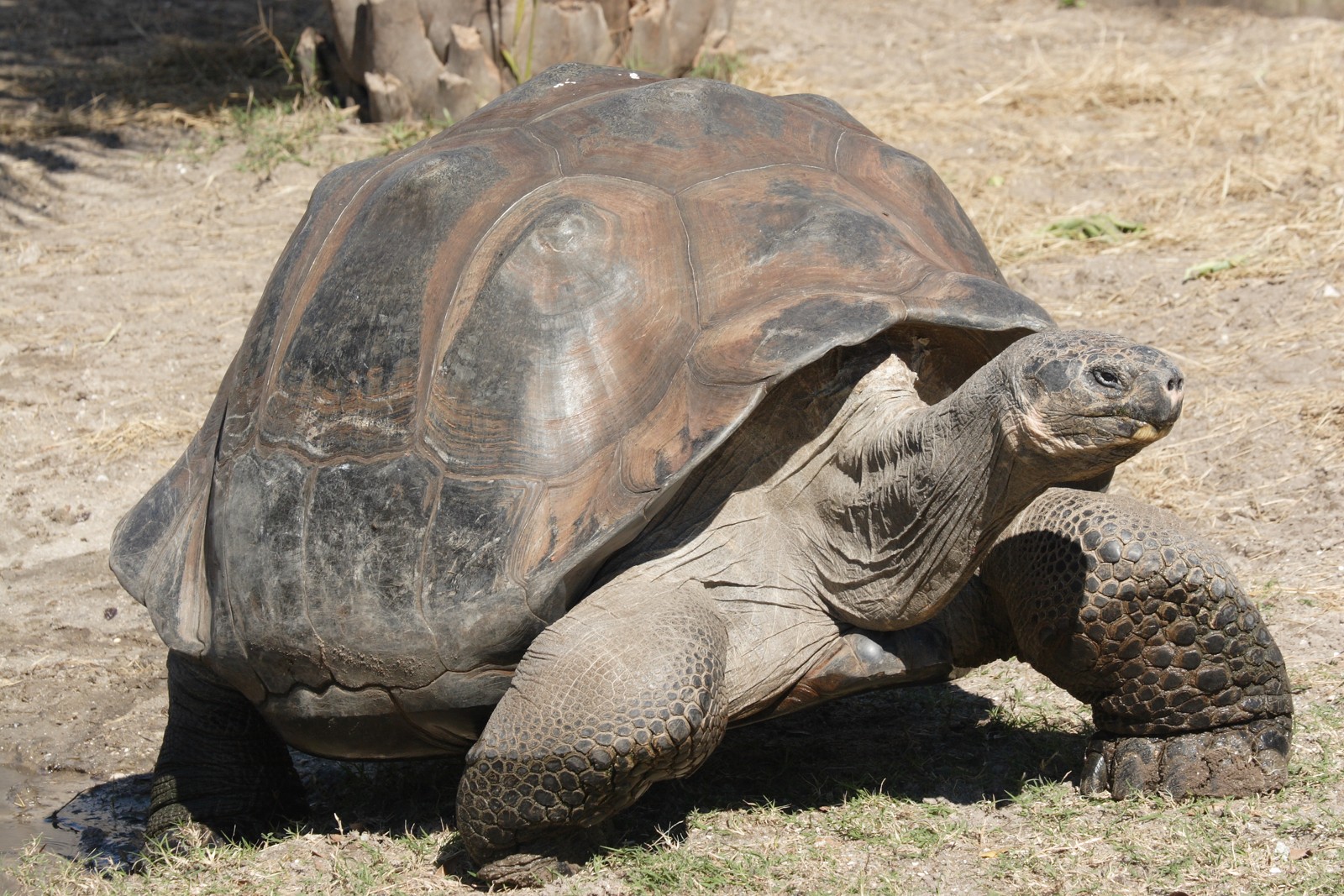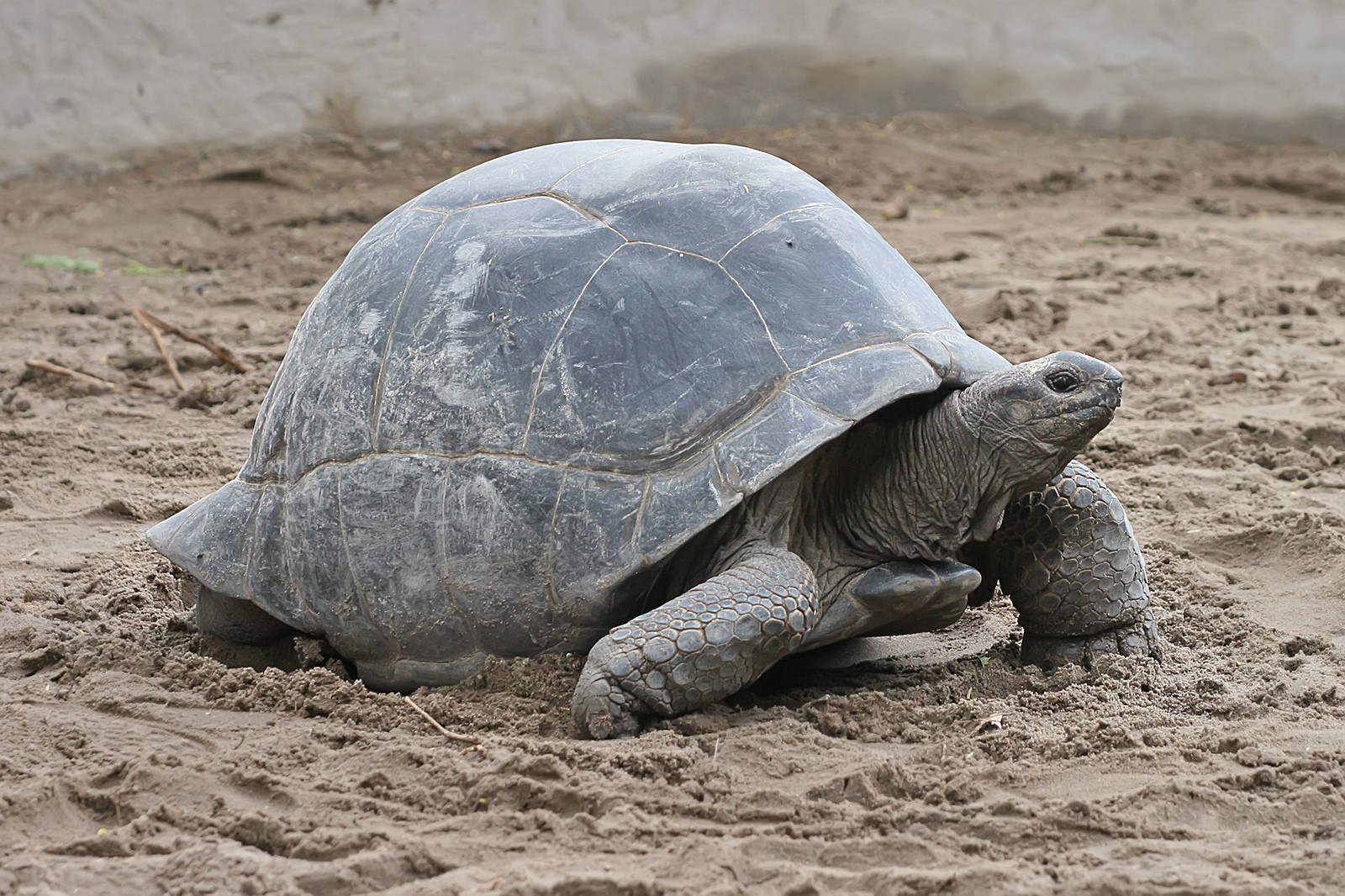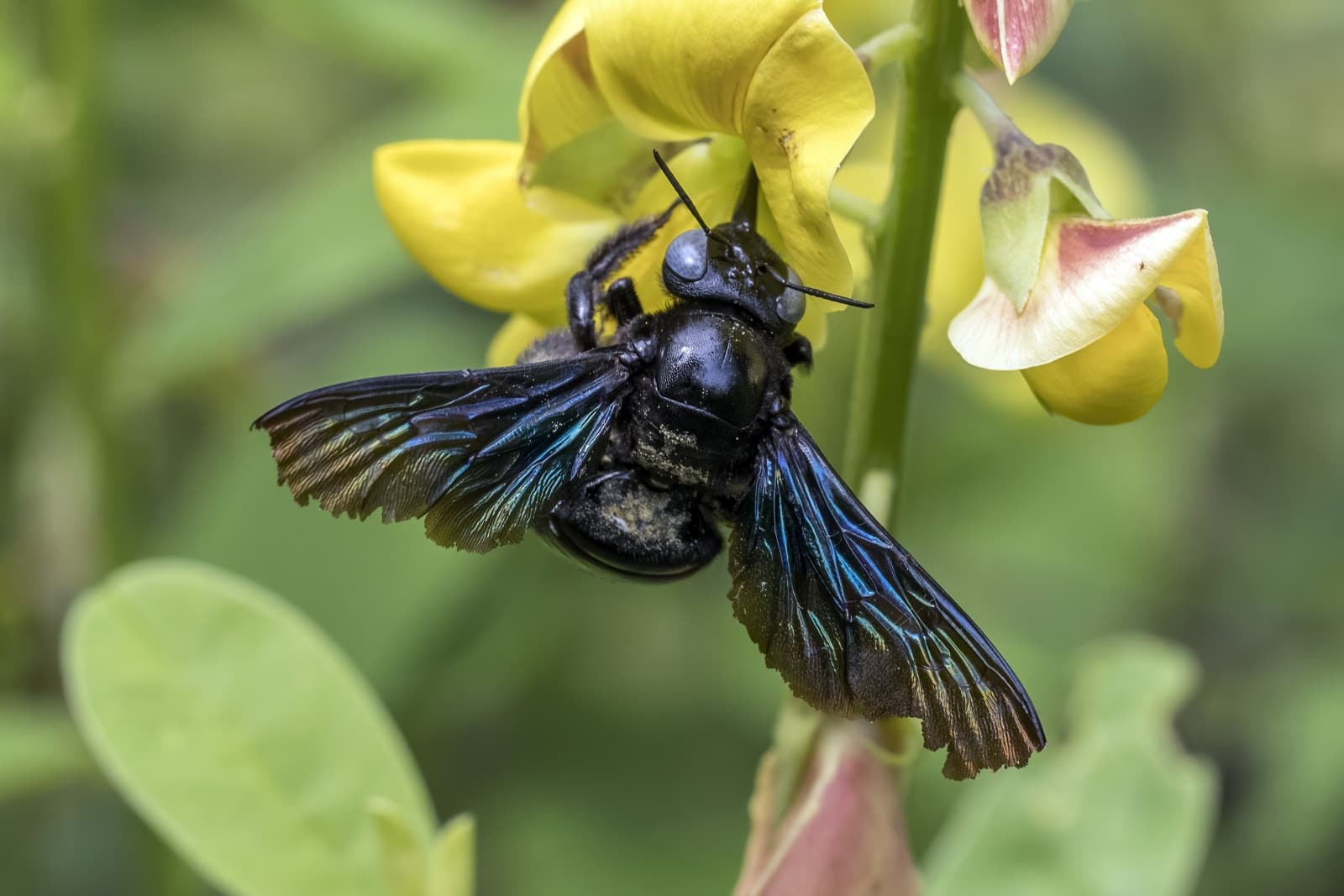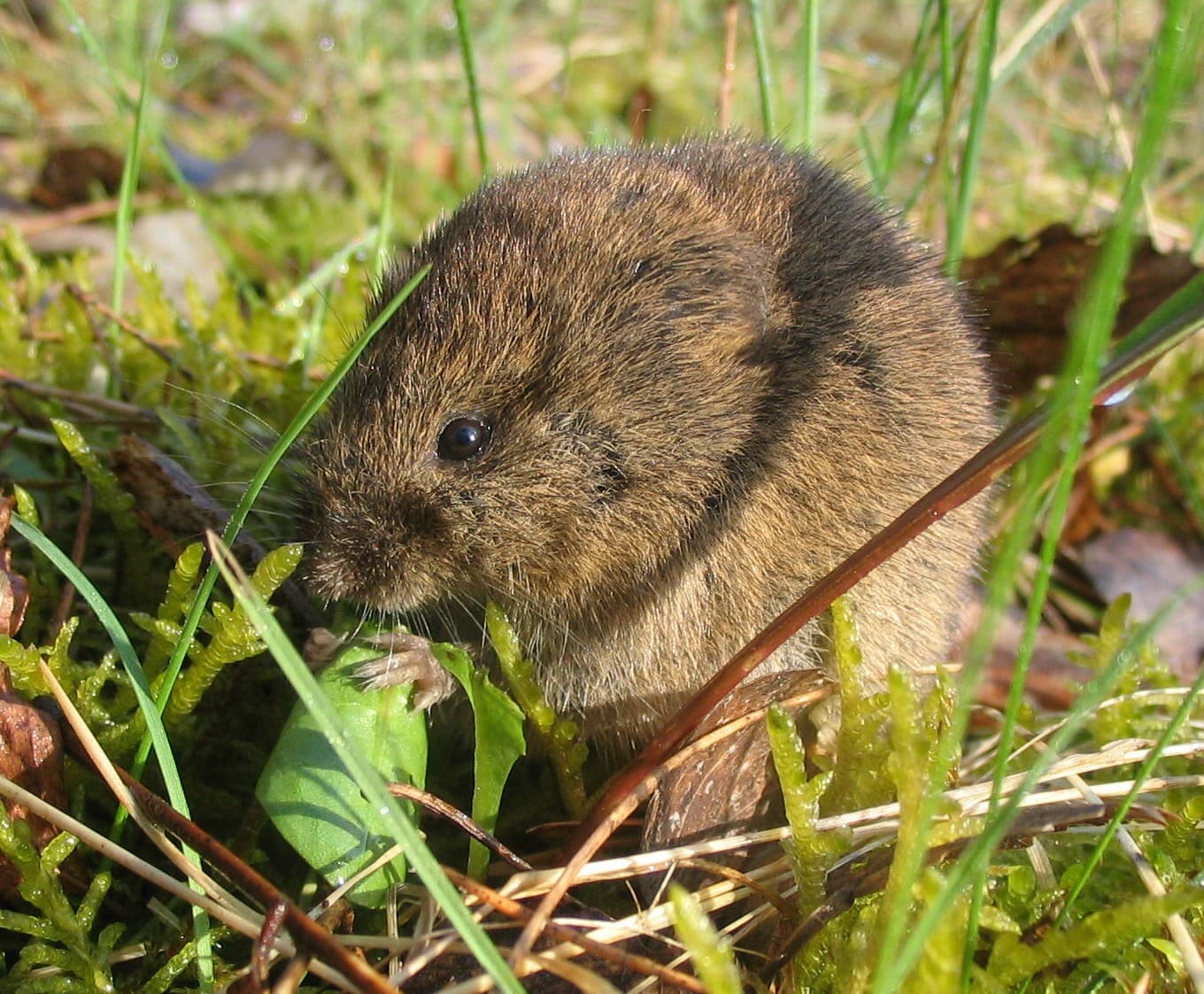Nudibranch vs Sea Slug: A Complete Comparison
The distinction between nudibranchs and sea slugs often creates confusion among marine enthusiasts. While all nudibranchs are sea slugs, not all sea slugs are nudibranchs. Sea slugs encompass a broader group of shell-less marine gastropods, with nudibranchs representing one specialized order (Nudibranchia) among them. These fascinating creatures range from microscopic specimens to giants reaching 12 inches (30 cm) in length.
Understanding the relationship between nudibranchs and sea slugs reveals nature’s remarkable diversity in marine gastropod evolution. Nudibranchs stand out with their exposed gills and often vivid coloration, while other sea slug species display varying anatomical features and defense mechanisms.
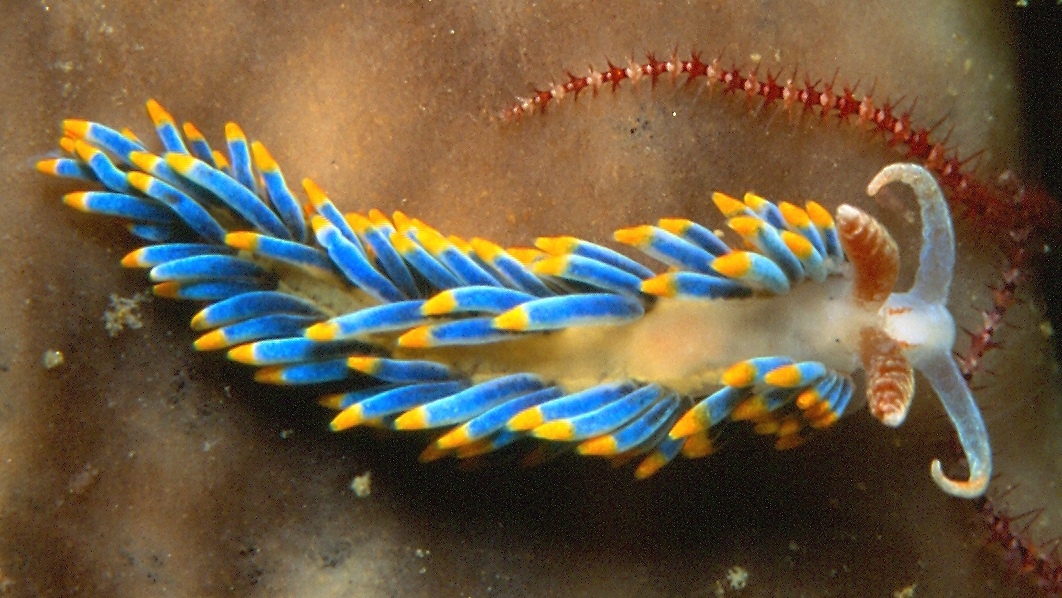
The Hermissenda crassicornis showcases classic nudibranch characteristics with its vibrant coloration and exposed gill structures (cerata), demonstrating why these creatures are often called “butterflies of the sea.”
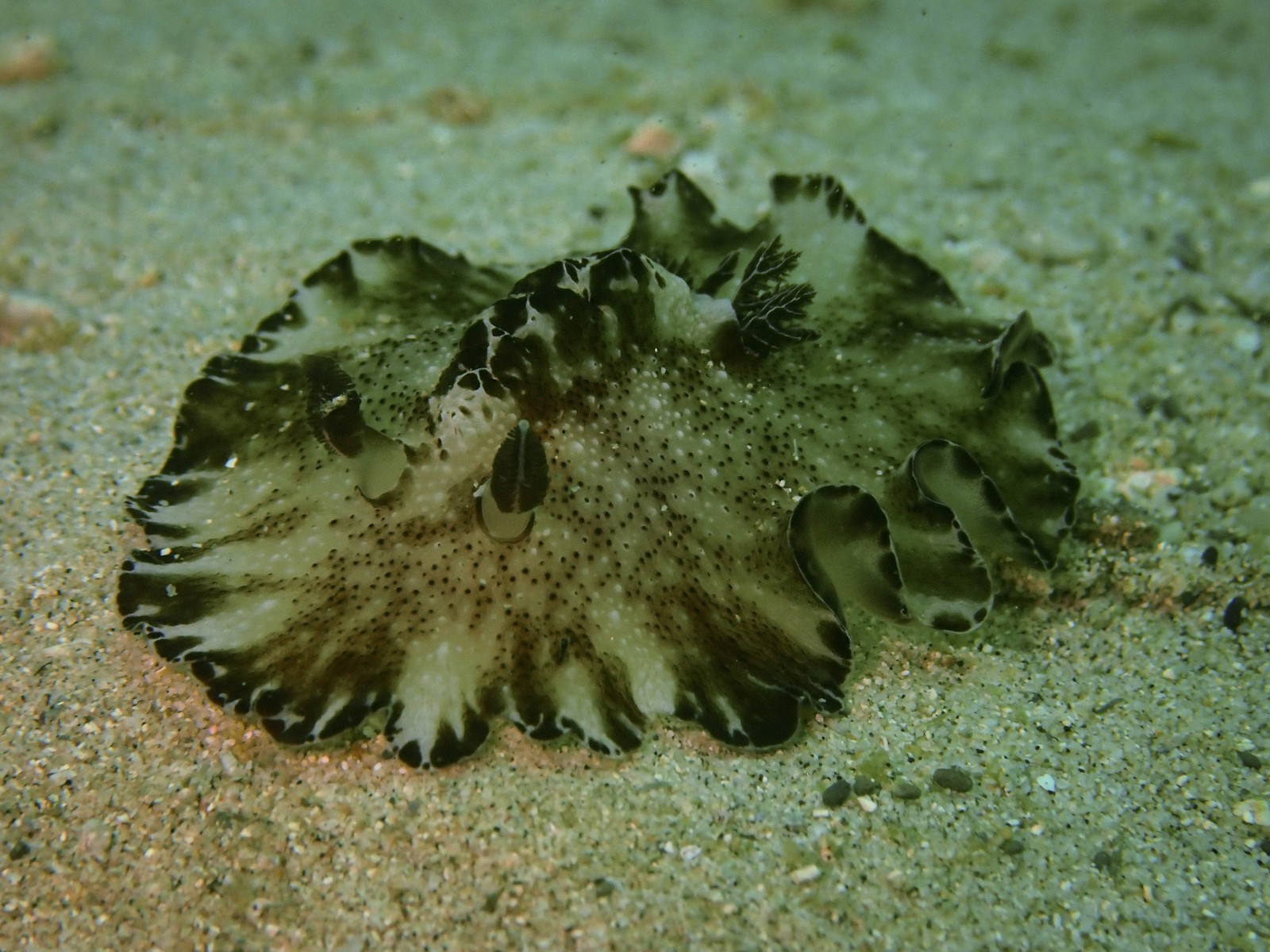
The California Sea Hare represents the broader sea slug family, exhibiting characteristic features like wing-like parapodia and camouflaged coloration typical of many non-nudibranch sea slugs.
Key Differences: Nudibranch vs Sea Slug
| Feature | Nudibranch | Sea Slug |
|---|---|---|
| Classification | Order Nudibranchia only | Multiple orders of shell-less gastropods |
| Respiratory System | External gills (cerata) | Varies by species (may have covered gills or parapodia) |
| Size Range | 0.16-23 inches (4mm-600mm) | 0.04-39 inches (1mm-1m) |
| Defense Mechanisms | Chemical defense, stolen nematocysts | Ink release, autotomy, camouflage |
| Feeding Habits | Primarily carnivorous | Herbivorous, carnivorous, or omnivorous |
| Color Patterns | Often bright and conspicuous | Usually cryptic and camouflaged |
Habitat and Distribution
Nudibranchs specifically inhabit marine environments worldwide, from tropical reefs to polar waters. They’re found at depths ranging from tidal pools to 8,200 feet (2,500 meters). Sea slugs, encompassing a broader group, occupy more diverse habitats including brackish waters and seagrass beds.
Anatomical Differences
Respiratory Systems
Nudibranchs feature exposed gill structures called cerata, often arranged in dramatic patterns across their dorsal surface. Other sea slug species may have enclosed gill chambers, modified parapodia for gas exchange, or other respiratory adaptations.
Defensive Adaptations
While nudibranchs typically rely on chemical defenses and acquired stinging cells from prey, other sea slugs employ various strategies:
- Ink release (sea hares)
- Autotomy (sacrificing body parts)
- Cryptic coloration
- Muscular escape responses
Feeding and Diet
Nudibranchs are primarily specialized predators, feeding on:
- Hydroids
- Bryozoans
- Sponges
- Other invertebrates
General sea slugs show greater dietary diversity:
- Algae consumption
- Filter feeding
- Predation
- Opportunistic omnivory
Scientific Significance
The study of nudibranch vs sea slug biology has contributed significantly to our understanding of:
- Chemical ecology
- Evolution of defense mechanisms
- Biomedical research applications
- Marine ecosystem health indicators
Conservation Status
Both groups face similar environmental challenges:
- Ocean acidification
- Habitat destruction
- Climate change impacts
- Collection for marine trade
Frequently Asked Questions
Are all nudibranchs poisonous?
While many nudibranchs contain toxic compounds, not all are poisonous. Their toxicity often depends on their diet and ability to sequester defensive compounds from prey.
Can sea slugs regenerate body parts?
Some sea slug species can regenerate certain body parts, with sacoglossans even capable of regenerating their entire body from a severed head section.
Which is more dangerous: nudibranch or sea slug?
Neither group poses significant danger to humans, though some species can release defensive chemicals that may cause mild skin irritation upon contact.
This comprehensive comparison reveals that while nudibranchs represent a specialized branch of sea slug evolution, both groups showcase remarkable adaptations that have enabled their success in marine environments worldwide.


